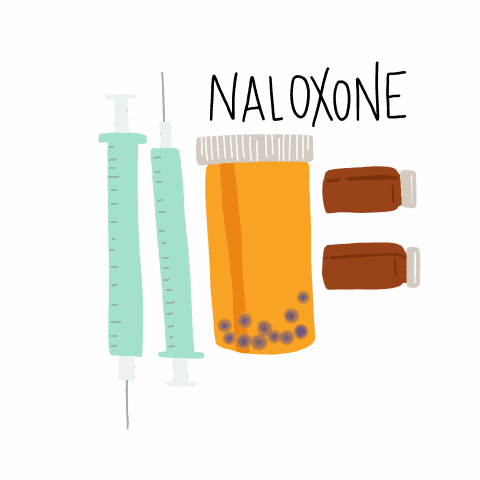Over the weekend of March 9 to 12, there were six drug overdoses in Saskatoon — three of which were fatal — because of fentanyl lacing in substances like cocaine. These fatal overdoses might have been avoided with better access to naloxone kits.
Naloxone is a medication used to counteract and temporarily reverse the effects of opioid overdoses in humans. When distributed, naloxone is a harm-reduction measure for people who suffer from addiction to drugs like oxycodone and other opioids. It is also effective at remedying accidental overdoses that happen when recreational drugs like cocaine are cut with opioids.
Available nationally without a prescription, naloxone has been especially effective in the fight against opioid overdoses in cities like Vancouver — where it is distributed to the public and can be carried in an auto-injectable form, similar to an EpiPen, or as a nasal spray. The government of British Columbia gave out over 16,500 naloxone kits in 2016.
Opioid-related deaths have been a persistent problem in Saskatchewan. The Saskatchewan Coroner’s Office reported that 25 people died of accidental opioid overdoses in the province in 2017, excluding cases that are still under investigation. While naloxone kits are currently available through the Saskatchewan Health Authority and certain pharmacies, community organizations like AIDS Saskatoon are asking for the right to distribute them as well.
Dr. Peter Butt, a professor for the College of Medicine who specializes in opioid addiction, says the process of training someone to use naloxone is more than just preparing to react to an overdose. According to Butt, naloxone providers should also be interested in spreading awareness about addiction and mental health.
“Frequently, training is done in locations where it is also done as a form of community outreach,” Butt said. “You can discuss treatments or other harm-reduction methods with the people who attend these training sessions.”
At the University of Saskatchewan, students should be equipped to help prevent opioid-related deaths in our community. To make these resources more available, the Student Wellness Centre on campus should be provided with naloxone kits and could also host training sessions to educate people. The Mayfair Clinic in Saskatoon currently offers this service for free.
Additionally, I would argue that several faculty members in every department should be trained to use naloxone kits and equipped with them at all times. The fact is, our faculty members are not only leaders of our community here on campus but also in the larger community of our city. The university could also install naloxone kits in key places on campus, just as automated external defibrillators are already present.
These deaths are preventable, but prevention requires action and responsibility. Taking one extra step to be prepared, especially if you use or know someone who uses recreational drugs, is necessary to stop this growing crisis.
—
Jordan Stovra
Graphic: Lesia Karalash / Graphics Editor